UGTANK.xls workbook is for the analysis and design of anchorage for underground storage tanks, obviously addressing the concerns of buoyancy. I've had this workbook in a partially finished state for quite a while, and I just recently decided to complete it. This is not a subject that we encounter on a regular basis, but if and when you need it, hopefully it will prove to be helpful.
Program Assumptions and Limitations:
1. This program is in part based on the following two (2) dated, but still useful references:
a. Lockwood Greene Engineering Special Design Instruction No. 38, "An Approach to the Design of Anchorages for Underground Storage Tanks", dated December 6, 1972.
b. Lockwood Greene Engineering Special Design Instruction No. 31, "Design of Anchorage for Underground Storage Tanks", dated January 14, 1972.
2. This program utilizes the procedures and guidelines per the ACI 318-99 Building Code in the design of the reinforcing for the concrete spread foundation.
3. This program refers to the AISC 9th Edition (ASD) Manual, 1989. The values for safe working loads for turnbuckles are taken from the table on page 4-149 of the Manual.
4. The soil is assumed to have no voids and is assumed saturated with water (water level to top of grade), while the tank is assumed to be empty. These conservative assumptions result in largest possible buoyant force.
5. This program permits the user to utilize either steel tension straps or threaded rods with turnbuckles to secure the tank to the foundation. Note: if turnbuckles are used, then they will control the required threaded rod size.
6. This program assumes that the empty tank weight is subtracted from the buoyant force in determining the tension force in either the straps or anchor rods.
7. The program assumes that the distance between the ends of a strap or rod is equal to OD + 6".
8. The program assumes that the tank is centered on the spread foundation.
9. For the design of the foundation reinforcing in the short direction, this program assumes a uniformly loaded simple span beam strip with cantilevers (overhangs) at each end. The ends of the anchor serve as the supports. The assumed uniform loading on this "beam strip" is determined as 2 times the anchor tension divided by the foundation width.
10. This program does not address the anchorage of the straps or rods to the concrete foundation. That must be separately by the user.
11. Underground tank should be bedded on 12" of compacted sand rather than bearing directly on the concrete spread foundation. This will protect the integrity of the tank and minimize possible failure of the tank joints.
12. Provide turnbuckles in the tank anchor straps. This allows for final adjustment. Where flat straps are used, this will necessitate welding a round bar extension to accommodate the turnbuckle.
13. This program contains “comment boxes” which contain information including explanations of input items, etc. (Note: presence of a “comment box” is denoted by a “red triangle” in the upper right-hand corner of a cell.
* UGTANK download link provides freeware version of the software.
Roof Steel Deck Analysis & Design
ROOFDECK is a spreadsheet program written in MS-Excel for the purpose of analysis and design of roofs with steel deck.
Slab on Metal Deck Analysis & Design
Slab on metal deck analysis and design (both composite and form deck) per SDI and ACI 318-99.
Beam-Column Design per Aisc 9th Edition ASD Manual
Beam-Column design, focusing on flexural & axial stresses, including built-up sections not classified as plate girders (per AISC 9th Edition ASD Manual)
POLEFDN is a spreadsheet program written in MS-Excel for the purpose of analysis of a pole foundation assuming the use of a rigid round pier which is assumed free at the top and subjected to lateral and vertical loads.
Beam on Elastic Foundation Analysis
BOEF is a spreadsheet program written in MS-Excel for the purpose of analysis a finite length beam with free ends supported continuously on an elastic foundation.
Submit a review about UGTANK software with your social media profile

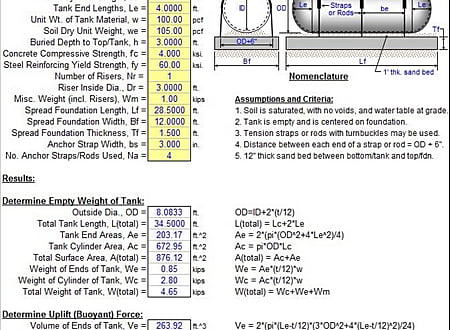
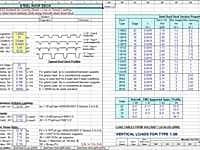
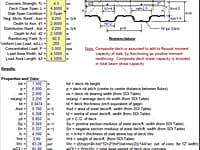
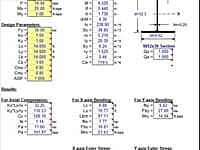
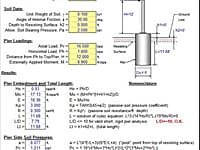
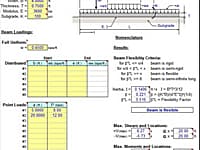
No comments yet. Be the first to comment.